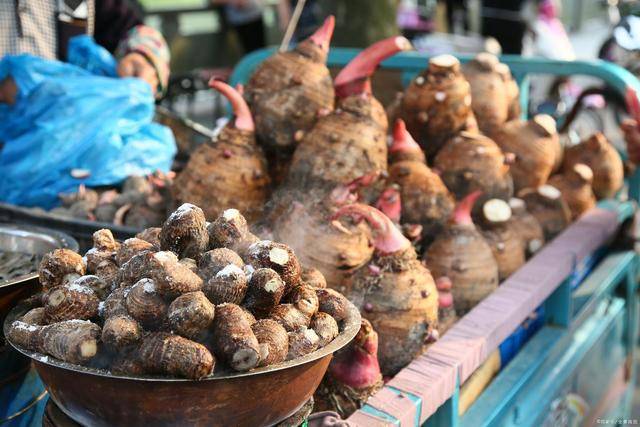The traditional Chinese medicine in our country is profound and extensive. In Chinese medicine, it is said that to maintain health and achieve longevity, one must mainly focus on two systems: congenital and acquired.
For our bodies, each organ has its corresponding functions and works hard to ensure normal operation and protect health. Among them, the kidneys are the foundation of congenital health, while the spleen and stomach are the foundation of acquired health. Therefore, to have a healthy body, the most important factor is the health of the spleen and stomach.
In spring, everything comes back to life, full of vigor, and it is also the season when Yang energy rises. With strong Yang energy, it promotes the rise of liver Qi. However, if liver Qi becomes too strong, it can harm the spleen and stomach, leading to various health issues concerning them. Thus, while nourishing the liver in spring, one must also pay attention to maintaining the health of the spleen and stomach.
When it comes to health and wellness, especially ingredients that benefit the spleen and stomach, many people think of sweet potatoes and yams, which are both underground products. However, today I would like to introduce another underground treasure whose effects far surpass those of sweet potatoes and yams.
Step aside sweet potatoes and potatoes; this is the underground treasure! Regular consumption helps boost immunity and improve blood circulation.
The difference between taro and sweet potato
Actually, sweet potatoes and yams, as mentioned earlier, are also great ingredients for benefiting the spleen and stomach. But what are the differences when comparing them to taro?
Firstly, the commonality between sweet potatoes, yams, and taro is that they all aid in promoting spleen and stomach health, while taro leans more towards benefiting Qi and strengthening the spleen, whereas the primary effect of sweet potatoes is more about moisturizing the intestines and easing constipation.
Therefore, for people with weak spleen and stomach, if you want to protect their health through dietary adjustments, it is not recommended to choose sweet potatoes, as they contain an oxidase that secretes a large amount of carbon dioxide in the intestines, causing abdominal bloating if eaten in excess. Moreover, sweet potatoes have a relatively high sugar content, which can lead to acid reflux and heartburn if consumed excessively.
On the other hand, taro does not cause such adverse reactions; hence, it can be consumed long-term by those with weak spleen and stomach, benefiting their health.
The healthiest way to eat taro
When it comes to how to eat taro, many people steam it and eat it directly, or dip it in sugar. This is because taro has a very high starch content. The most recommended way to consume it is actually to replace part of the staple food with it, not only to supplement dietary fiber and protect the spleen and stomach but also to aid weight loss.
Additionally, it is important to remind everyone that taro must not be eaten raw; it must be cooked to avoid causing other adverse reactions.
The mucilage in taro undergoes denaturation and solidification when heated, making it quite safe to eat. However, if eaten raw, it may irritate the gastrointestinal tract and could potentially cause allergic reactions, leading to respiratory irritation and, in severe cases, suffocation, which may threaten life.
Regularly eating taro has numerous benefits.
In fact, besides benefiting the spleen and stomach and boosting Qi, there are many other advantages.
1) Resolving phlegm and dissipating lumps
Taro not only nourishes but also has certain purging effects. It can help the body expel harmful substances, such as toxins, thereby having the effect of resolving phlegm and clearing the lungs, which alleviates respiratory blockage caused by phlegm.
2) Boosting immunity
As mentioned earlier, taro contains a type of mucilage protein that, once absorbed by the body, can produce immunoglobulins, also known as antibody proteins, which effectively enhance the body’s resistance.
3) Promoting blood circulation
Taro also has the effect of promoting blood circulation, especially beneficial for friends with cardiovascular diseases, as it can effectively prevent small blood clots from forming in the vessels and promote blood circulation to eliminate waste.
4) Moisturizing intestines and easing constipation
Taro is also rich in dietary fiber, and regular consumption can aid intestinal motility, promote absorption, and prevent and alleviate constipation issues, particularly helpful for those troubled by constipation; they might consider eating more of it.


